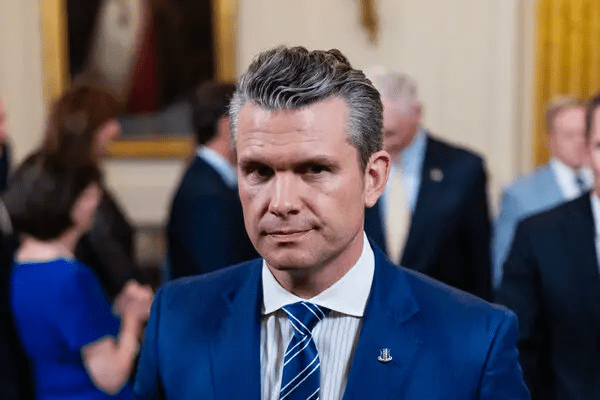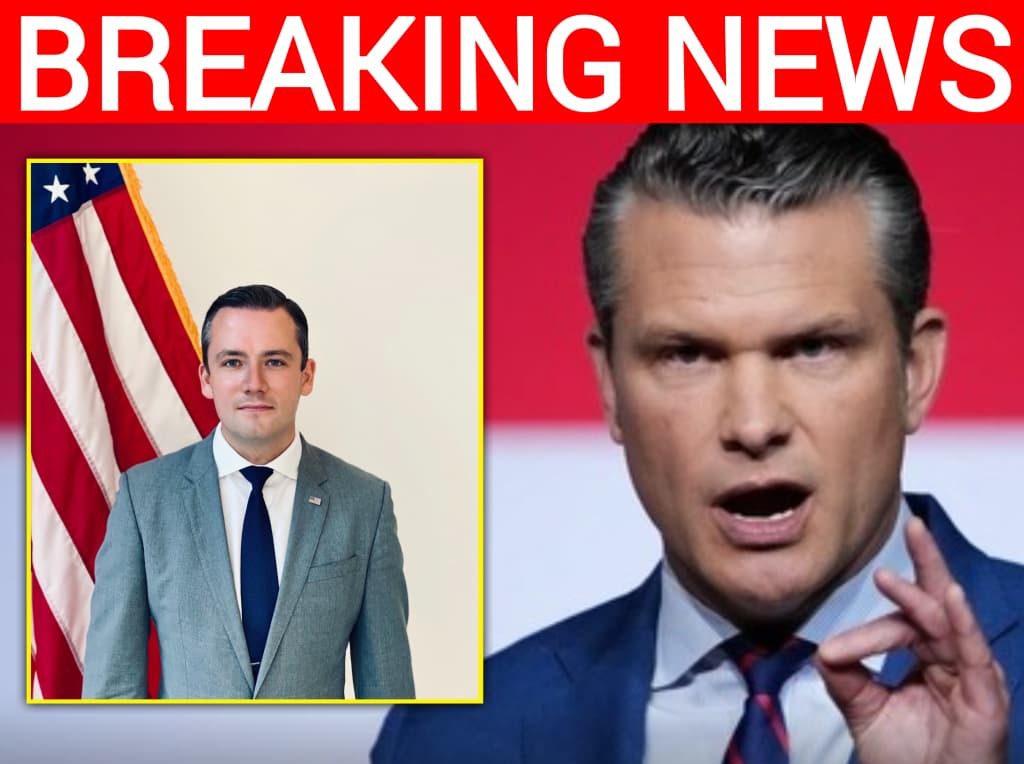Secretary of War Pete Hegseth Ousts Navy Chief of Staff Jon Harrison in Latest Trump-Era Military Power Shift
Another major shake-up has just rippled through the Pentagon. Secretary of War Pete Hegseth has fired Navy Chief of Staff Jon Harrison, a move that caught much of Washington by surprise and left defense insiders scrambling to make sense of the latest change at the top. According to a Politico report published on October 3, 2025, this dismissal marks yet another step in the Trump administration’s sweeping efforts to reshape military leadership, following a string of firings and forced resignations of other high-ranking officials over the past year.

Jon Harrison, a well-regarded naval officer who had built a reputation for steady leadership and professionalism, was thought to be a stabilizing figure during a turbulent period for the Navy. His dismissal underscores how much influence Hegseth now wields as he works to remake the Pentagon in line with President Trump’s vision. The images released alongside the announcement tell their own story: Harrison in a crisp blue suit, the anchor insignia pinned neatly to his lapel, projecting the image of naval tradition, while Hegseth appears stern and resolute, standing against the backdrop of the U.S. flag.

This latest firing follows closely on the heels of other dramatic personnel decisions. In recent months, Hegseth has overseen the removal of Adm. Lisa Franchetti, the Navy’s first female chief of naval operations, and Gen. Charles Q. Brown Jr., who had been serving as Chairman of the Joint Chiefs of Staff. Both of those departures raised eyebrows, but they also sent a clear message: the Trump administration is no longer content to let military leadership chart its own course, especially when it clashes with the priorities of civilian leadership. Harrison’s exit fits into this broader campaign to ensure loyalty, discipline, and alignment with the administration’s policies.
What drove this decision remains a matter of speculation. Some insiders point to ongoing internal investigations into leaks of sensitive information, suggesting Harrison may have lost Hegseth’s trust at a critical time. Others say the dismissal reflects a deeper philosophical divide over the direction of U.S. naval strategy, particularly as the Trump administration has pushed for a harder line against China in the Pacific and more aggressive counter-narcotics operations in the Caribbean. Harrison, respected but cautious, may have been seen as out of step with that approach.

For supporters of Trump and Hegseth, the move is being celebrated as a bold step to finally clean house within a Pentagon bureaucracy that many conservatives argue has grown resistant to change. They see Harrison’s firing as part of a broader correction, putting the military back under tighter civilian control and ensuring its top brass reflects the administration’s priorities. For critics, however, the dismissal raises alarms about politicization of the armed forces and the risks of sidelining experienced leaders at a time of global instability.
What is undeniable is that this decision is another example of how far-reaching the Trump-Hegseth strategy has become. No role, no matter how senior, appears safe from review, and no officer is beyond replacement. With global tensions simmering, from conflicts in the Middle East to confrontations with cartels in the Caribbean, the consequences of these leadership shifts will be closely watched not just in Washington, but around the world.
Jon Harrison’s firing may mark the end of one man’s service at the top of the Navy, but it also signals something much larger: a Pentagon undergoing rapid, unapologetic transformation. Whether history judges it as bold reform or destabilizing upheaval will depend on what comes next.


